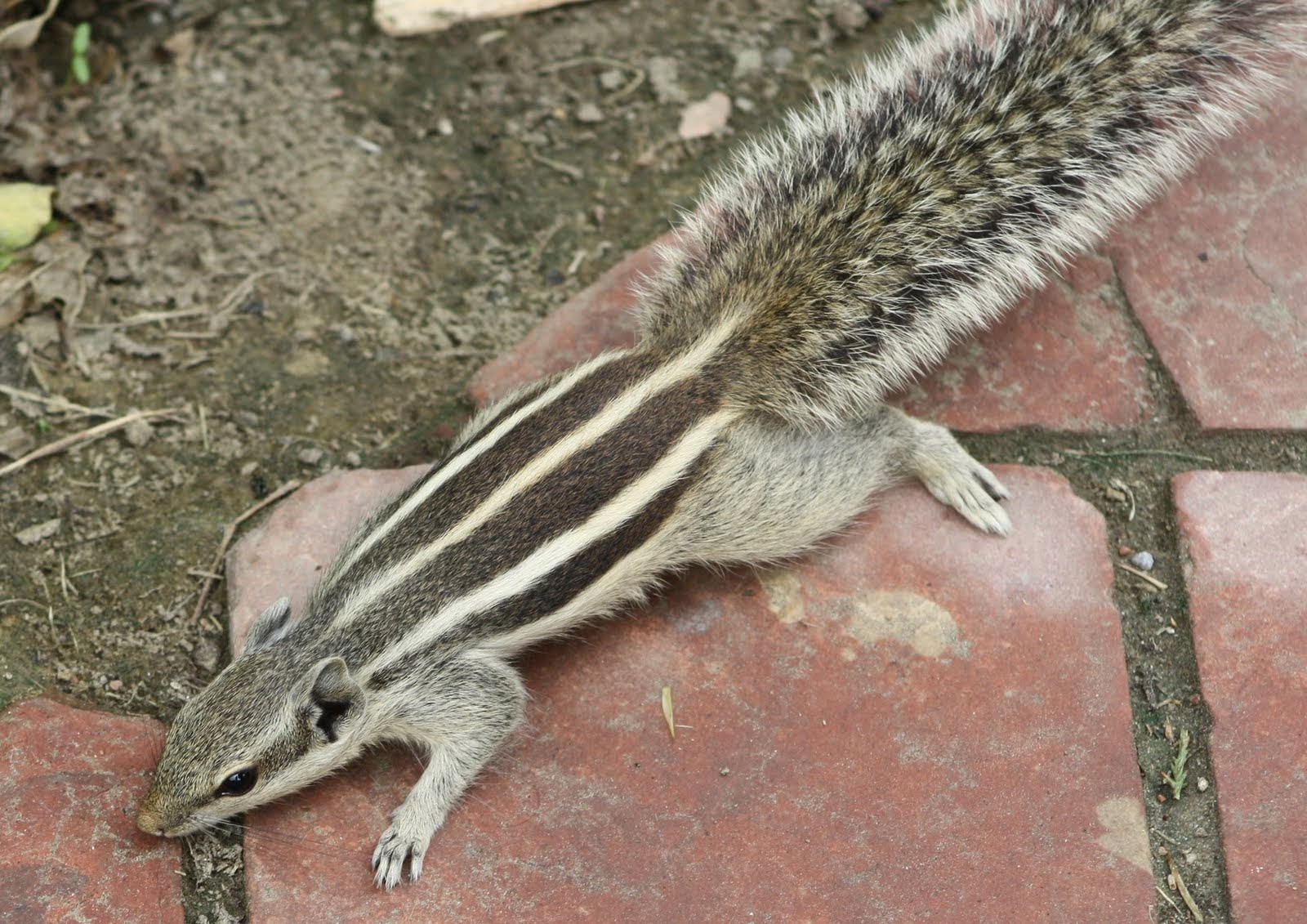Oryza sativa L. – Rice
Taxonomic classification
Kingdom: Plantae
Division: Magnoliophyta
Class: Liliopsida
Order: Poales
Family: Poaceae
Genus: oryza
Species: O.sativa
Rice is one of the most-consumed cereal grains in the world and the staple food of the world’s human population, especially in East, South and Southeast Asia. Rice is the major agricultural crop in Sri Lanka grown in an annual extent of 816,715ha with a production of 3,131,079mt (2007).
Three subspecies are recognized in Oryza sativa, which were originally identified as geographical races, namely indica, japonica and japonica. The subspecies indica is mainly cultivated South East Asia and Philippines. Areas which grow japonica are Japan, South Korea, North China and some other places in the West. Javanica is mainly grown in Indonesia. The indika rices are usually tall, leafy, high-tillering and lodged easily.
Morphological characters
Stem: Rice is a free-tillering annual grass, which is about 50-150cm tall. The plants can be taller in floating rice. The stem is known as ‘Culm’, which is more or less erect, cylindrical in shape with solid nodes and hollow internodes. Above each node, a pronounced pulvinus can be found. The buds in the leaf axils of the lowest nodes produce tillers. These tillers may produce second- or third-order tillers, but, late tillers may not produce inflorescences.
Leaves: The leaves are alternately arranged in two ranks, with a single leaf at each node. The number of leaves is highest on the main Culm and lower in tillers. The first leaf of the main Culm and each tiller is bladeless, whereas, all the other leaves have a leaf sheath and a lamina. The leaf sheath is glabrous, finely ribbed and could be pigmented or non-pigmented. The ligules are colorless, membranous and triangular in shape. Auricles are falcate and usually fringed with hairs. The leaf has a long, narrow and pubescent lamina, which often has spiny hairs on the margins. The uppermost leaf is known as the ‘flag leaf’. It has a wider and shorter leaf lamina.
Flowers: The inflorescence is a terminal panicle, with about 50-500 spikelet. The base of the panicle is enclosed in the sheath of the flag leaf. The main axis of the panicle is called ‘rachis’. Each primary branch is called ‘rachilla’, bearing one or more spikelets. The spikelets are laterally compressed and borne singly. Each spikelet has a single hermaphrodite flower on a short pedicel.
Two glumes (outer and inner) of equal size are present at the base of a spikelet. The flower (also known as floret) is subtended by two sessile bracts. The larger one is ‘lemma’, which is boat-shaped, rigid and 5-nerved. The palea is narrower than lemma. The color of the spikelet varies from pale yellow to golden, red and black. There are six broad, thick and fleshy stamens with slender filaments, arranged in two alternating whorls. The ovary is broad and smooth with a single ovule and two styles with two plumose stigmas.
Fruit: The fruit is a caryopsis and the shape varies. The seed may be translucent and the colour may vary from white, to red, brown or black.




Comments